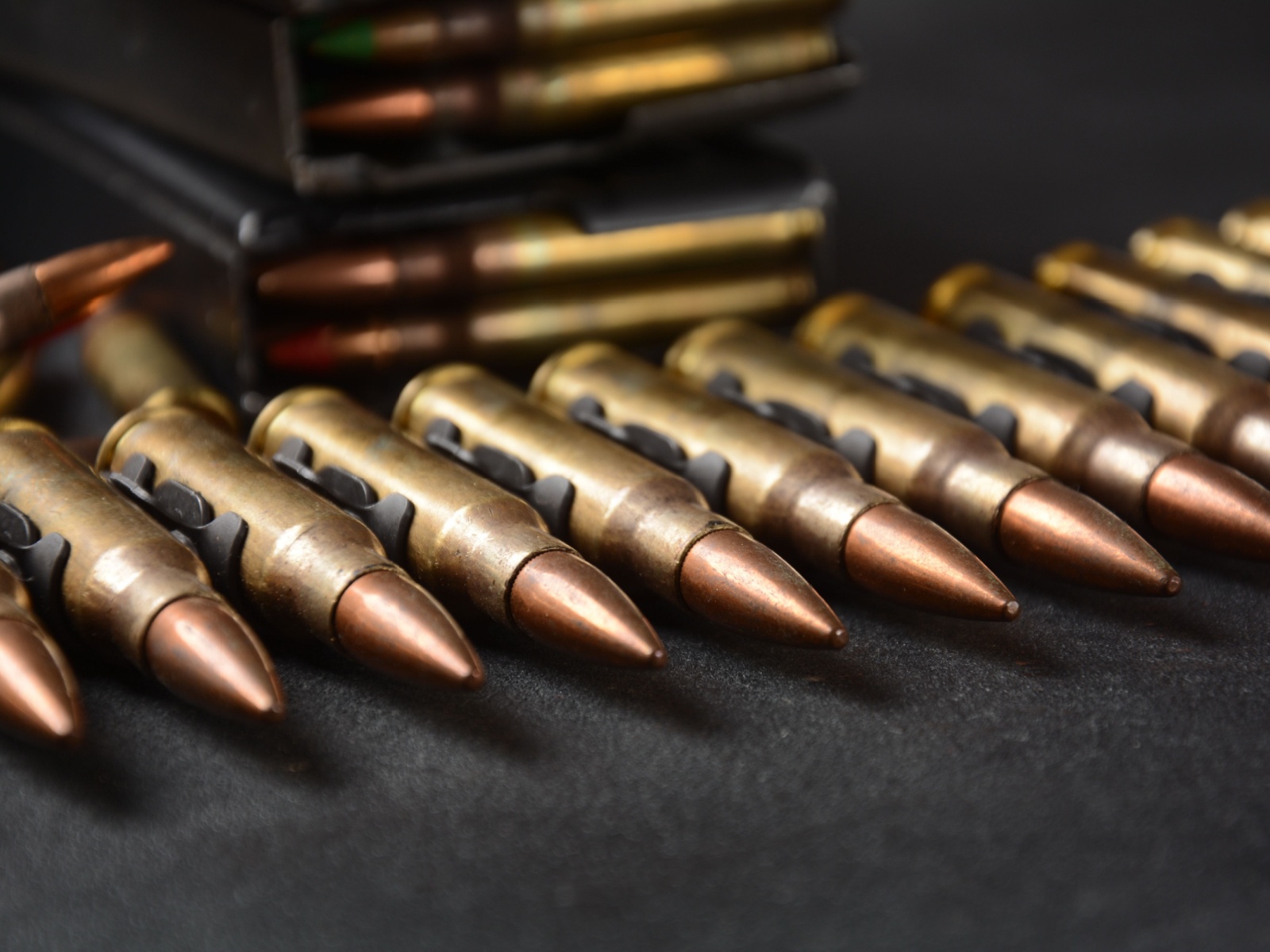ASTM E2895 Burn Rate Characterization of Gun Propellants
The ASTM E2895 test method is a critical standard used in the characterization of burn rates for gun propellants. This method provides laboratories with the necessary guidelines to accurately measure and report the burn rate performance of various propellant formulations, ensuring that they meet stringent military and defense industry requirements.
This service is particularly important in the Military Testing sector where precision and reliability are paramount. The ASTM E2895 protocol allows for the consistent and reproducible testing of propellants used in firearms, rockets, and other explosive devices. By adhering to this standard, laboratories can ensure that their test results are reliable, repeatable, and comparable across different facilities.
The burn rate is a crucial parameter as it directly influences the performance of the weapon system. A precise understanding of how propellants behave under various conditions helps in optimizing the design for efficiency and safety. The ASTM E2895 test method provides a controlled environment to simulate real-world firing scenarios, allowing researchers and engineers to gather accurate data on ignition characteristics.
The process involves igniting the sample at one end and measuring the rate of propagation along its length over time. This measurement is critical for determining the stability and predictability of the propellant's burn behavior. The results are used in various stages of development, from initial concept design to final weapon system integration.
For quality managers and compliance officers, this service ensures that their products meet all necessary standards set by regulatory bodies like NATO or other national defense agencies. This is essential for maintaining a high level of trust and reliability within the industry.
In R&D environments, understanding burn rates through ASTM E2895 enables teams to innovate more effectively by identifying optimal compositions that balance performance with safety. This service supports procurement departments as well, ensuring that they source materials from suppliers who consistently meet these stringent requirements.
The precision and repeatability provided by ASTM E2895 are vital for the successful deployment of new technologies in defense applications. It helps maintain consistency across different batches of propellants used in critical missions, reducing risks associated with variability.
Standardization through ASTM E2895 also facilitates collaboration between research institutions, manufacturers, and government entities involved in military testing. By adopting this internationally recognized standard, all parties can work towards common goals more effectively.
Benefits
The ASTM E2895 burn rate characterization service offers numerous benefits to organizations operating within the Military Testing sector:
- Enhanced Reliability: Ensures that propellants perform consistently across different testing environments.
- Improved Safety: Identifies potential hazards early in the development process, preventing accidents during deployment.
- Increased Efficiency: Provides valuable data for optimizing weapon systems and improving overall performance.
- Regulatory Compliance: Ensures adherence to international standards recognized by defense agencies worldwide.
- Promotes Innovation: Allows researchers to explore new materials and formulations safely without compromising quality.
Why Choose This Test
The ASTM E2895 burn rate characterization test is chosen for several key reasons that make it indispensable in military testing:
- Standardization: Adhering to this internationally recognized standard ensures uniformity and comparability of results.
- Accuracy: The method provides precise measurements, crucial for evaluating the performance characteristics of propellants accurately.
- Comprehensive Understanding: It offers insights into various aspects of burn rates which are essential for comprehensive analysis.
- Trustworthiness: Results obtained through this test are highly trusted within both private and public sectors.
Use Cases and Application Examples
| Use Case | Description |
|---|---|
| Initial Development: | Identifying potential issues early in the design phase to refine propellant formulations. |
| Manufacturing: | Ensuring consistency across production batches, maintaining quality control throughout manufacturing processes. |
| Testing and Evaluation: | Evaluating the performance of newly developed or modified propellants against existing benchmarks. |
| Field Testing: | Simulating real-world conditions to assess how well the propellant performs under actual operating parameters. |
| Safety Assessments: | Evaluating the safety profile of a new or existing propellant, identifying any potential risks associated with use. |
| Regulatory Compliance: | Ensuring that all tests conducted meet regulatory requirements set by governing bodies like NATO. |
| Innovation: | Pioneering new technologies and materials in propellant science, pushing the boundaries of what is possible in military applications. |





